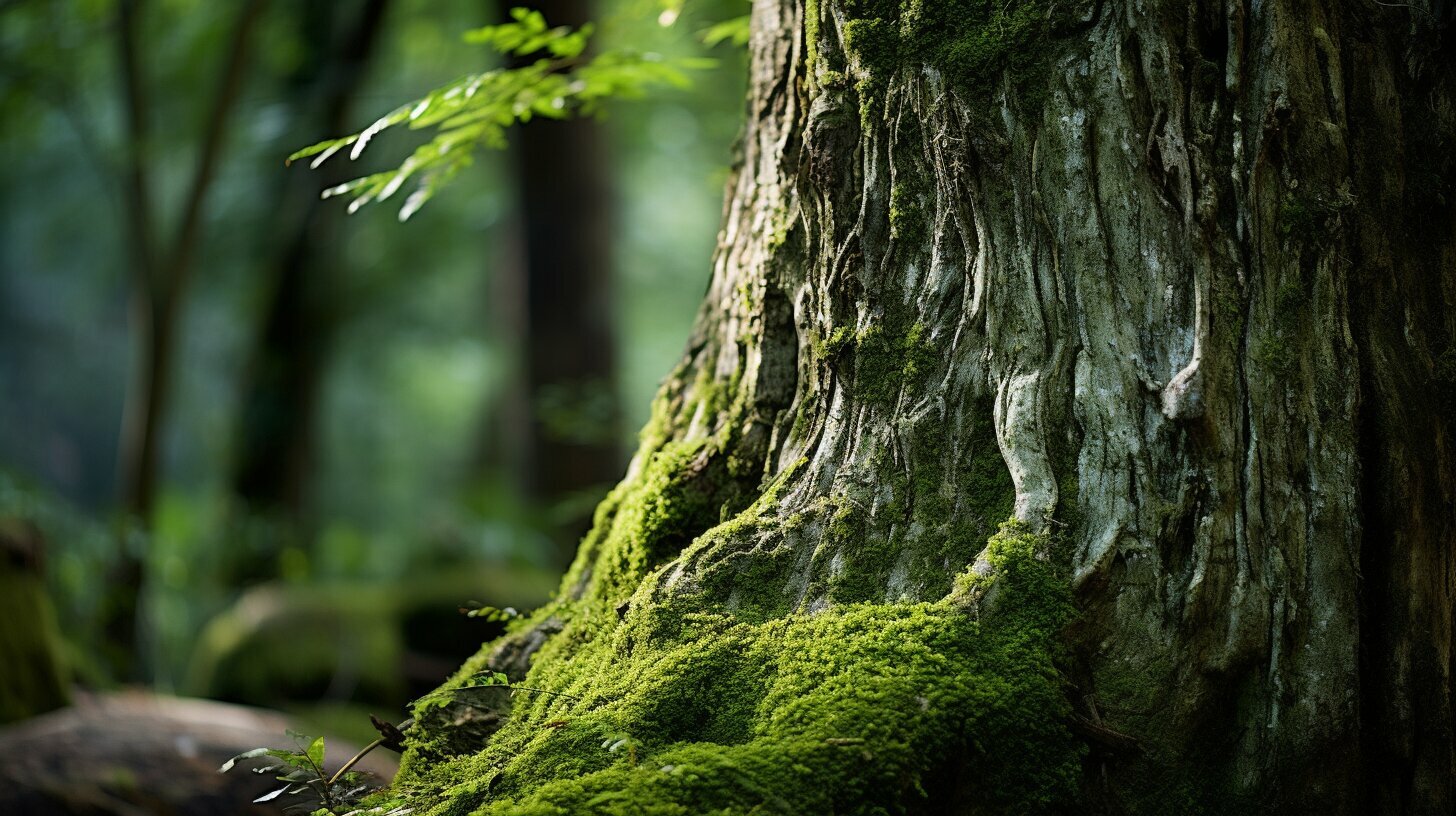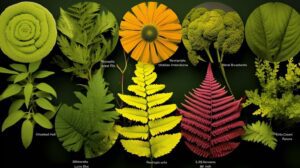As a journalist who has covered many topics related to plants, I have often wondered Can Plants Die of Old Age these living organisms can die of old age. It’s a fascinating question and one that has stumped many experts over the years. In this article, I aim to explore the topic of plant mortality and whether plants can indeed die of old age.
Before we dive into the details, let’s begin by defining what we mean by plant lifespans and mortality. Plant lifespan refers to the length of time a plant can live, while plant mortality refers to the factors that can lead to a plant’s death.
Key Takeaways:
- Plants have a defined lifespan and can eventually die.
- Factors such as internal and external conditions can contribute to plant mortality.
- The aging process in plants is known as senescence.
- Understanding plant lifespans and mortality is important for agriculture and conservation efforts.
- Plant senescence plays a significant role in the aging process of plants.
Understanding Plant Aging and Lifespans
As plants age, they undergo a natural process known as senescence, which is similar to the aging process in animals. However, unlike animals that have a defined lifespan, the lifespan of plants varies greatly.
Some plants, such as annuals, complete their lifecycle within one year, while others, such as trees, can live for hundreds or even thousands of years. The lifespan of a plant is influenced by a variety of factors, both internal and external, including genetics, environmental conditions, and stressors such as disease or injury.
At the cellular level, aging in plants is characterized by a gradual decline in metabolic function and the accumulation of damage to cellular components such as proteins and DNA. As a result, older plants may have diminished growth, decreased reproductive capacity, and greater susceptibility to disease and other stressors.
While the aging process in plants is inevitable, it is possible for some plants to delay senescence and extend their lifespan through various mechanisms, including the production of protective compounds and the activation of stress response pathways.
Overall, understanding the aging process and lifespan of plants is important for the development of sustainable agricultural practices and the conservation of natural ecosystems. By studying the factors that influence plant senescence and mortality, researchers can work towards mitigating the effects of aging and promoting plant health and longevity.
Factors Influencing Plant Lifespan
Plants, like all living organisms, are subject to both internal and external factors that can affect their lifespan. Some of these factors are inherent to the plant itself, while others are influenced by environmental conditions and human activity.
Internal Factors: The genetic makeup of a plant can play a significant role in its lifespan. Some species, such as annual plants, are genetically programmed to complete their life cycle in a relatively short period of time. Other plants, such as trees, have a longer lifespan, but the genetic makeup of the individual tree can also influence how long it will live. For example, some trees are more susceptible to disease or environmental stressors, which can shorten their lifespan.
External Factors: Environmental conditions such as temperature, rainfall, and soil quality can all impact a plant’s longevity. For example, certain plant species are adapted to thrive in specific conditions and may be more vulnerable to stressors such as drought or nutrient-poor soil. Human activities such as deforestation, pollution, and climate change can also limit the lifespan of plants, as they can disrupt natural ecosystems and environmental conditions that support plant growth.
Plant Lifespan Limitations: While some plants can live for centuries, there are inherent limitations to how long any individual plant can survive. These limitations vary among species and are influenced by factors such as genetic makeup, environmental conditions, and damage from disease or pests. Ultimately, all plants will eventually reach the end of their lifespan and die.
The Aging Process in Plants
As plants age, they undergo various physiological changes that can ultimately lead to their death. These changes are collectively referred to as plant senescence.
Plant senescence is a complex process that involves the degradation of cellular components and the breakdown of important metabolic processes within the plant. At the molecular level, it is characterized by the upregulation of genes involved in the breakdown of macromolecules, such as proteins, nucleic acids, and lipids.
These changes can be triggered by both internal and external factors. Internal factors include the genetic makeup of the plant, as well as hormonal and metabolic processes. External factors, on the other hand, include environmental stressors such as drought, extreme temperatures, and nutrient deficiencies.
One of the key changes that occur during the aging process of plants is a reduction in their ability to photosynthesize. This is because of a decline in chlorophyll levels, which is responsible for capturing light energy needed for photosynthesis. As a result, plants become more reliant on stored nutrients, leading to a decline in overall growth and vigor.
Other changes that occur during plant senescence include a breakdown of plant cell walls, leading to tissue degradation and increased susceptibility to disease and pests. Additionally, senescent leaves may turn yellow or red in color due to the accumulation of pigments, such as carotenoids and anthocyanins.
While the aging process in plants cannot be stopped entirely, there are ways to slow it down and extend the lifespan of plants. This can be achieved through proper care and management of plants, such as regular watering, fertilization, and pruning. Additionally, reducing or eliminating stressors that may affect the health of the plant can also help keep them healthy for longer.
Understanding Plant Mortality
Plant mortality refers to the natural death or cessation of growth in a plant. There are various factors that can lead to plant mortality, both internal and external. However, it is important to note that plant mortality is a natural occurrence in the life cycle of plants.
One of the primary factors affecting plant lifespan is genetics. Different plant species have varying lifespans, which can range from a few years to several centuries. Additionally, environmental factors such as temperature, moisture levels, and soil quality can impact the lifespan of a plant.
Other external factors that can contribute to plant mortality include pests, diseases, and human activities such as deforestation or pollution. Pesticides or herbicides used to control pests or unwanted plants can also have unintended impacts on plant mortality by disrupting the natural balance of ecosystems.
Internal factors such as hormonal imbalances or nutrient deficiencies can also contribute to plant mortality. As plants age, they may become less efficient at absorbing nutrients or producing hormones necessary for growth and development, ultimately leading to their death.
In conclusion, understanding plant mortality is crucial for maintaining healthy ecosystems and cultivating sustainable agriculture. By identifying and addressing the root causes of plant mortality, we can work towards preserving the natural beauty and diversity of our planet’s vegetation.
Conclusion
As I’ve explored throughout this article, the question of whether plants can die of old age is a complex and intriguing one. While some plants can live for centuries or even millennia, others have much shorter lifespans. Plant senescence, or the gradual deterioration of plant cells and functions, plays a key role in the aging process of plants.
Understanding plant lifespans and the factors that can influence them is crucial for both botanists and gardeners alike. By recognizing the limitations on plant longevity and taking steps to mitigate them, we can help ensure the health and vitality of our greenery.
In conclusion, while plants may not die of old age in the same way that humans do, the aging process in plants is a fascinating and important area of study. By continuing to investigate plant lifespans and the mechanisms of plant senescence, we can deepen our understanding of the natural world and the intricate processes that sustain it.
FAQ
Q: Can plants die of old age?
A: Yes, plants can die of old age. Just like humans and animals, plants have a natural lifespan. However, the exact lifespan can vary greatly depending on the species of plant and external factors such as environmental conditions and care.
Q: What is plant senescence?
A: Plant senescence refers to the aging process in plants. It is the period in a plant’s life cycle where it experiences physiological changes and a decline in overall health. This process ultimately leads to the plant’s death.
Q: What factors can influence the lifespan of plants?
A: Several factors can influence the lifespan of plants. Internal factors such as genetic makeup and metabolic processes play a role, as well as external factors including environmental conditions, disease, pests, and the care provided by humans.
Q: How does the aging process occur in plants?
A: The aging process in plants involves a series of physiological changes. These changes can include the breakdown of cellular components, reduced ability to absorb nutrients, decreased reproductive capacity, and overall decline in the plant’s health and vitality.
Q: What causes plant mortality?
A: Plant mortality can be caused by a variety of factors. Natural causes include aging, diseases, pests, adverse weather conditions, and competition for resources. Human-induced causes such as improper care, pollution, habitat destruction, and overharvesting can also contribute to plant mortality.





Pingback: Discovering How Plants Maintain Homeostasis: Unveiling Nature's Balance